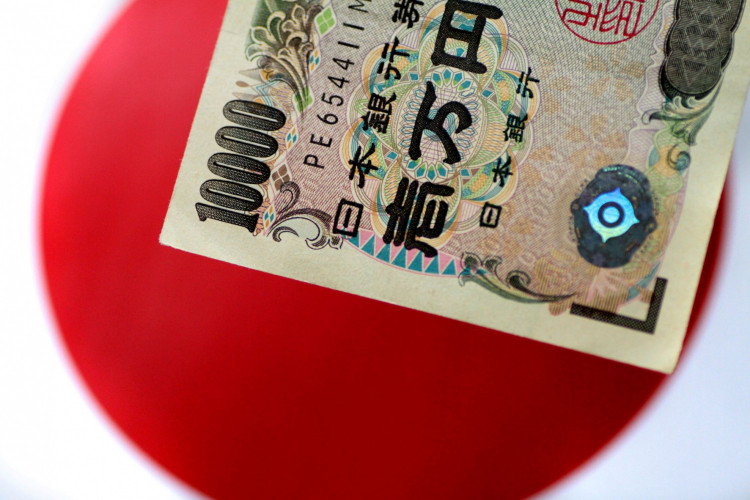At the end of July, the Bank of Japan unexpectedly announced modifications to its yield curve control (YCC) policy, a part of its ultra-loose monetary stance in recent years. While the targeted range for 10-year Japanese government bond (JGB) yields remains at ±0.5%, the phrasing suggests this range is now merely a guideline. Additionally, the daily purchasing rate of 10-year JGBs has been increased from 0.5% to 1.0%.
Global Ripples: The bank's sudden shift quickly sent tremors through the financial markets. On the day of the YCC announcement, global bond markets saw a major downturn with plummeting prices and surging yields. The 10-year JGB yield hit its highest since 2014. Recent discussions on Wall Street suggest that the U.S. long-term bond market's worst performance this year could partially be attributed to this "butterfly effect" from the Bank of Japan. This is because major Japanese investors, significant stakeholders in U.S. bonds, seem to be pulling out, potentially leaving U.S. bonds without a key buyer.
Nomura's Analysis: Nomura Securities delved into the possible butterfly effect of this YCC shift, assessing whether overseas investments from Japan might be redirected to domestic bonds. The key points and figures from their research are:
- Post the 2013 introduction of YCC and Quantitative and Qualitative Monetary Easing (QQE) by the Bank of Japan, Japanese overseas bond investments accumulated to approximately 90.5 trillion yen, or about $630 billion. Out of this, pension funds account for around 50.5 trillion yen, equivalent to $350 billion.
- Nomura's stance is that unless the Government Pension Investment Fund (GPIF), Japan's largest pension fund, overhauls its core investment strategy, it's unlikely to shift from net buying to net selling.
- To date, there have been no official GPIF statements suggesting any reconsideration of their primary investment portfolio's weightings. Last year, in fact, the GPIF did not reduce its overseas bond exposure.
- Should the YCC adjustments result in a repatriation of Japanese funds, the maximum affected sum might be approximately 40 trillion yen or around $280 billion.
Trends and Predictions: Observing recent fluctuations in Japanese overseas bond investments, Nomura found a strong correlation between the 20-year JGB yield and the net investment flow of overseas bonds.
For instance, when last year's 20-year JGB yields climbed, Japanese investors continued net-selling foreign bonds. This year, even as overseas bond investments rebounded, an uptick in the 20-year JGB yield meant investors again leaned towards selling.
Nomura estimates that for every 10 basis point rise in the 20-year JGB yield, Japanese investors might sell overseas bonds worth between 1 to 2 trillion yen. Assuming foreign bond yield increases remain limited, and the 20-year JGB yield stays below 1.5%, the repatriated investment might be less than 10 trillion yen or about $70 billion.
While Japanese investors have somewhat hedged their overseas bond exposures, Nomura believes their fund repatriation might have a limited effect on the yen. The market's expectations of the Bank of Japan's short-term policy rate adjustments are more likely to influence the yen's exchange rate than the return of Japanese investments.
However, if the 20-year JGB yield exceeds 2% due to rising foreign bond yields, and the Bank of Japan takes aggressive steps towards monetary policy normalization, the repatriation might reach between 10 to 20 trillion yen, or $70 billion to $140 billion. Under these conditions, the positive impact on the yen would be undeniable.
Should the Bank of Japan abandon YCC, allowing the 10-year JGB yield to exceed 1%, the magnitude of the repatriation and the yen's upward trend could amplify. The market might react with surprise, causing more significant bond market fluctuations. In this accelerated repatriation scenario, Japanese investors might primarily reduce their exposure to U.S. bonds, which form the largest portion of their overseas bond portfolio at 46%.






